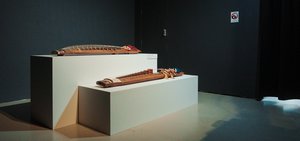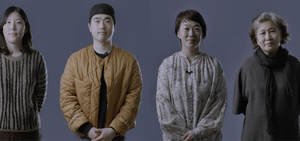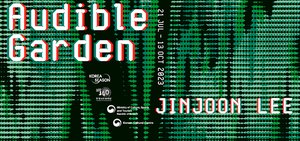Serpentine Galleries: Lee Ufan
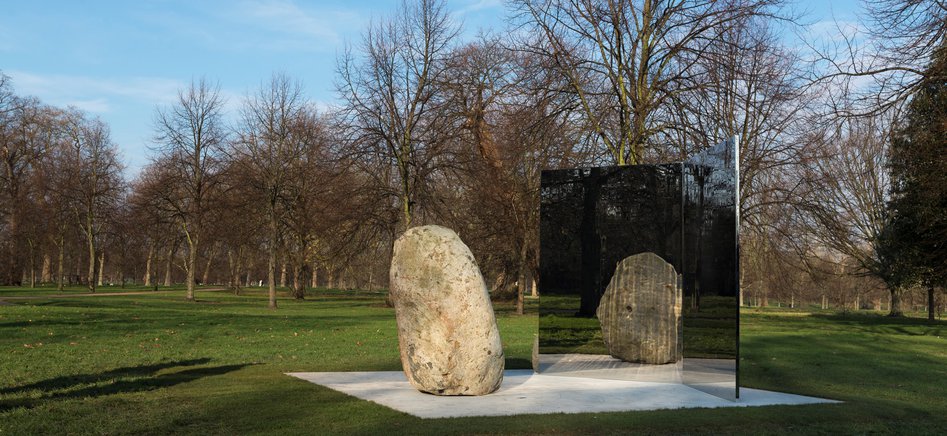
Lee Ufan: Relatum - Stage
The Serpentine Galleries presented the sculpture commission Relatum – Stage (2018) by avant-garde artist Lee Ufan (b.1936) in Kensington Gardens from Feburary 2018, in collaboration with The Royal Parks.
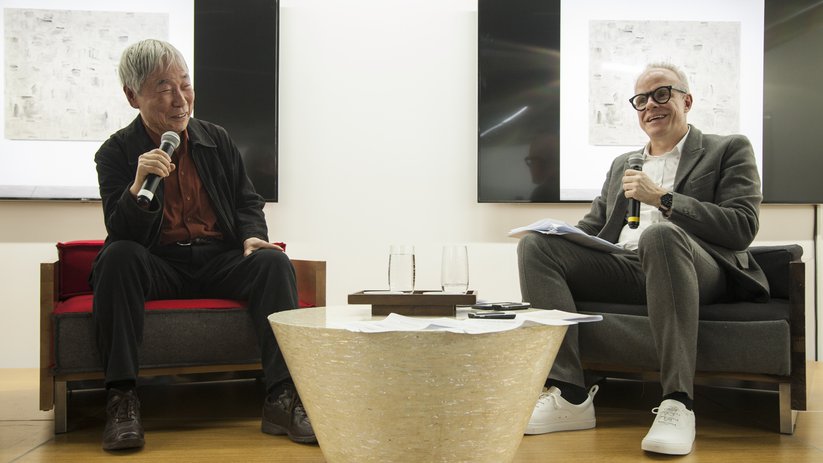
Relatum – Stage (2018) forms part of Lee Ufan’s larger series of works titled Relatum that he has been making since the 1960s. It presents two angled steel sheets joint together, and two large stones, one at either side. The steel has a mirrored finis that allows the two sheets to reflect the surrounding environment. The sculpture merges both the natural (stones) and the industrial (steel) in a harmonious and poetic sculptural installation. Lee Ufan focuses on a precise conceptual and spatial juxtaposition to find the balance that heightens a notion of encounter for the viewer, allowing us to see ‘the world as it is’.
The public sculpture commissions extend the work of the Serpentine Galleries further into The Royal Park of Kensington Gardens. Relatum - Stage (2018) was part of the launched public commissions programme, inviting international artists to respond to the natural, historical and cultural context of the Kensington Garden, located on the grounds adjacent to the Serpentine Gallery.
The installation was accompanied by a talk between Serpentine Galleries’ director Hans Ulrich Obrist and Lee Ufan at the Korean Cultural Centre UK on Tuesday 6 February from 6pm.
The project was presented by Serpentine Galleries in collaboration with The Royal Parks, and was supported by Lisson Gallery and the Korean Cultural Centre UK.
About Lee Ufan
Lee Ufan (b. 1936 in Kyongnam, South Korea) came to prominence in the late 1960s as one of the major theoretical and practical proponents of the avant-garde Mono-ha group. The first contemporary art movement in Japan to gain international recognition, Mono-ha (Object School) rejected Western notions of representation, focusing on the relationships between materials and perceptions rather than on expression or intervention. Ufan’s minimalist works using only two materials – steel and stone – are characteristic of this school of thought.

